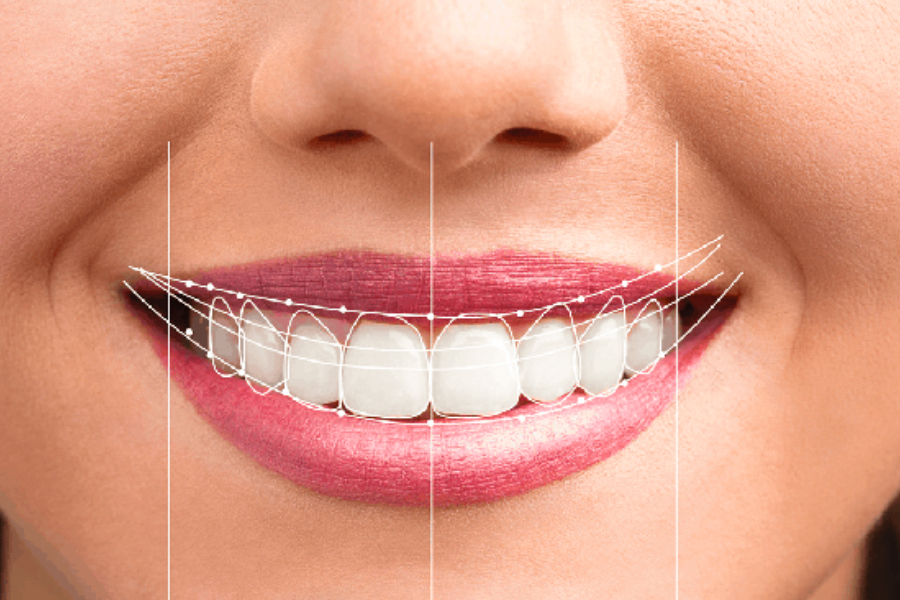Braces are orthodontic devices used to correct misaligned teeth and improve the overall dental health of individuals. They are designed to exert gentle pressure on the teeth, gradually moving them into proper alignment. While braces are a common solution for orthodontic problems, it is essential to determine which types of dental issues can benefit from braces. This article explores what kind of teeth should have braces (เกลารากฟัน ราคา, which is the term in Thai).
Crooked Teeth
Crooked tooth is among the most frequent dental problems that could be helped by braces. The term refers to teeth that have been misaligned and rotated or overlapped. The crooked teeth do not just affect the appearance of a person but can are also a challenge to keep a clean mouth.
Overcrowded Teeth
Teeth that are overcrowded occur because there’s not enough space within the mouth for all teeth in a proper manner. The result is teeth getting twisted, overlapped or pulled off-balance. Braces may help to resolve this problem by slowly moving the teeth back into their proper places, allowing more room within the mouth.
Gapped Teeth
Gapped teeth, also known as diastema, are characterized by noticeable gaps between two or more teeth. These gaps can occur anywhere in the mouth and may be a result of various factors, such as tooth size discrepancies or missing teeth. Braces can effectively close these gaps by applying consistent pressure to move the teeth closer together.
Overbite
An overbite refers to the condition where the upper front teeth significantly overlap the lower front teeth. This dental issue can be caused by genetics, thumb sucking habits, or improper jaw development. Braces can help correct an overbite by guiding the teeth into their proper positions.
Underbite
Contrary to an overbite, an underbite occurs when the lower teeth extend past the upper teeth when the jaw is closed. This condition can cause difficulties in chewing, speaking, and can lead to jaw joint problems. Braces, combined with other orthodontic appliances, can gradually shift the teeth and jaw into proper alignment, correcting the underbite. By addressing this dental issue, braces not only improve functionality but also enhance the aesthetic appearance of the smile.
Conclusion
Braces are a versatile orthodontic treatment option that can address a wide range of dental issues. Crooked teeth, overcrowded teeth, gapped teeth, overbites, and underbites are some of the conditions that can benefit from braces. By exerting gentle pressure, braces gradually move teeth into their correct positions, improving both the appearance of the smile and the overall dental health of individuals. If you have any of these dental issues, consult an orthodontist to determine if braces are the right solution for you. In this article, we explained what kind of teeth should have braces.


